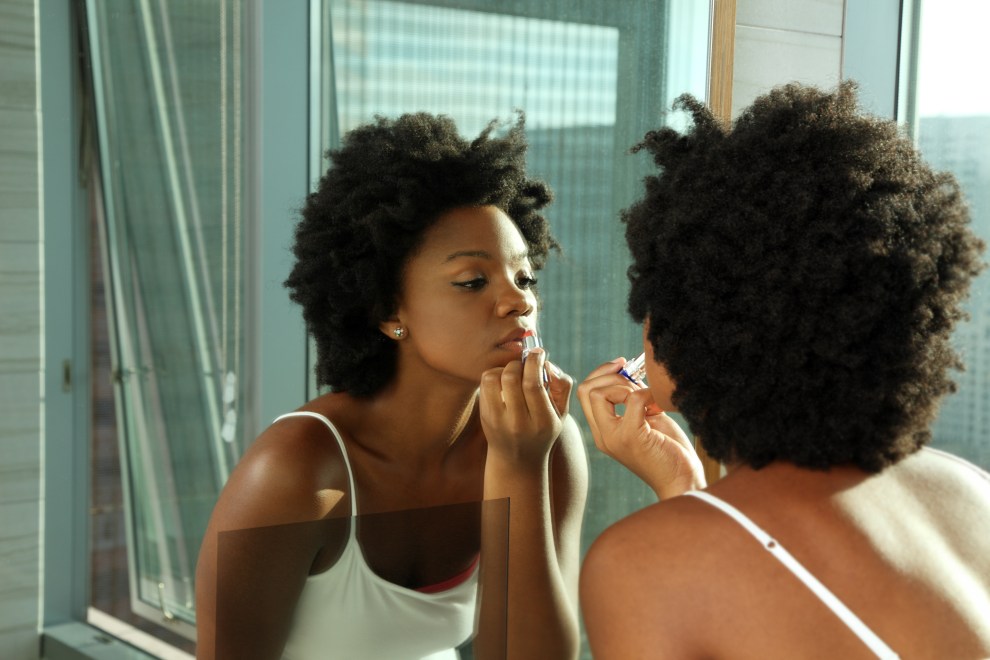
skodonnell/iStock
A disproportionately high number of hair and beauty products marketed to black women contain potentially harmful ingredients, according to a new investigation by a consumer advocacy and environmental research organization.
The Environmental Working Group reviewed more than 1,000 products for black women, including body washes, lipsticks, and hair treatment products. Of these, about 1 in 12 was ranked highly hazardous by the EWG’s scoring system.
The worst-scoring products were bleaching creams, hair coloring treatments, and hair relaxers. Popular products and brands that were analyzed include Miss Jessie’s Baby ButterCreme, Shea Moisture Nourishing, CoverGirl Queen CC Cover + Care Cream and supermodel Iman’s IMAN Cosmetics CC Correct & Cover.
Less than a quarter of all the products analyzed by the EWG scored low in potentially hazardous ingredients—things like hormone-disrupting parabens, chemicals linked to skin cancer, and formaldehyde-releasing preservatives that can increase the risk of skin allergies—in the group’s analysis. By comparison, about 40 percent of health and beauty products targeted to the general public fell into the low-risk category.
Personal care products are not required to undergo a review by the Food and Drug Administration before they hit shelves—instead, it’s up to companies and manufacturers to make sure products are safe. If a customer files a complaint, the FDA can take action, but until that point, the agency can’t step in.
African American women in the United States spend $7.5 billion annually on beauty products, with black households throwing down an average of $94 a year at beauty supply stores. High spending on beauty products and limited options could mean black women are being exposed to more potentially hazardous chemicals than their counterparts of other races. But researchers still don’t have much specific information about the risks that these products carry, said Nneka Leiba, deputy director of research at EWG. “And one of the reasons we don’t know is because of the woefully inadequate regulations that govern this industry.”
You can find a full list of the products analyzed by EWG here.












